Rajasthan tour packages
Rajasthan is located in northwest of India. Rajasthan protects the western border of the country. Politically it is divided into six administrative zones: Mewat (Alwar region), Marwar (Jodhpur region), Mewar (Udaipur region), Dhundhar (Jaipur region), Hadoti (Kota region) and Shekhawati (Sikar region). Rajasthan is the second largest state of India and is one of the few states that show a great contrast from one area to another. This disparity is noticeable in respect of climate, soil, vegetation, mineral resources etc. Rajasthan, the fairy land of Maharajas, Palaces & Tigers. There are numerous forts, palaces, havellis, that lend a distinct touch to Rajasthan. Rajasthan has a total area of 343,000 sq. km and the most striking feature of this land is its division by the majestic Aravalli range which runs from north east to south-west for about 688 km. Northwest of the Aravallis are the Jodhpur, Jaisalmer, Barmer and Bikaner regions, it is the home of arid plains and the shifting sand dunes of the great Thar Desert. The other side of the hills is a land of rich in vegetation - Aravalli. Rajasthan is an exotic state where tradition and glory meet in beautiful colors against the backdrop of sand and desert. Rajasthan is one of the driest regions in India. The state of Rajasthan is a natural storehouse of hard rocks that produce marbles, granites and slates. Jaipur, the capital, is pretty in pink. Vegetable marts, jewellery shops, camel-riding locals make it a busy and crowded metropolis. The language spoken is mostly Rajasthani and Hindi. The cities of Jaipur and Udaipur are in the well-irrigated valley of the Aravallis, with long patches of thick forests and crop-laden fields. Rajasthan is one of the most popular tourist spots in India - well it has so much to offer. From the romantic forts and palaces of Jaipur and Jodhpur, the lake cities of Udaipur and Pushkar, the painted town of Shekhawati, the golden fort and sand dunes of Jaisalmer to the national parks of Bharatpur and Sariska. And not to forget the camels, the widely accepted representative of the state, threading their way through the streets and bazaars, at the traffic signals or making a beautiful silhouette against the sunset on the Sam sand dunes. In several places, the Aravalli is over 750 m high above sea level and the highest point in the range is known as Guru Shikhar (1721m). The highest peak is the state's only hill station Mount Abu (1,200m), along a wide plateau. This desert tract, nicknamed Marwar or Marusthali - the Land of Death, lives up to its name with its scorching heat, thorny cactus and scrub, and scanty water and encompasses 68% of the state area and 61% of the desert area of India. Rajasthan has such few rivers that one can count them on one's finger. The terrain is sundered into two by the Aravallis and a different river, waters each part. The Chambal and its tributaries cater to the southeast, while the Luni borne of Lake Pushkar up north near Ajmer, flows into the Arabian Sea.
Rajasthan Climate
The climate of Rajasthan can be neatly divided into three seasons: Summer, Monsoon and Winter.
Summer season which extends from April to June, is the hottest season, with temperatures ranging from 32 C to 45 C. Mt. Abu registers the lowest temperature at this time. In the desert regions, the temperature plummets as night falls.
The Monsoon is a welcome arrival in late June in the Eastern and South eastern regions of the State, finally falling in mid-July in the desert zones. Unless the rains are insubstantial, the monsoon is accompanied by a decrease in temperatures, with average maximum temperatures of between 29.5 C to 32.2 C in the south and South-East of Rajasthan and an average of above 37.7 C in the North and North-Western regions.
The third season is the Winter. In October the average maximum temperature is 33 C to 38 C and the minimum is between 18 C to 20 C. There is a marked variation in maximum and minimum temperature and regional variations across the state. January is the coolest month of the year.
Summer Period is from April to September Winter Period is from October to March.
Shopping
Rajasthan is a land where tradition has been imbibed into every aspect of life. The paintings, handicrafts, jewellery and textiles of this land reflect the distinctiveness of the region they belong to. For the past few centuries, Jaipur's jewellers have specialised in enameling and setting of precious stones in gold. Old silver jewellery, with its old-world charm is popular in the desert cities. The textiles come in a range of designs and colors-each piece is unique since it is hand made.Many of the leading showrooms and emporia of Rajasthan have artisans at work in-house, and one can take close look at the age-old process of creating the product- be it a carpet or an enameled bangle set with precious stones. Jaipur's bazaars are favoured by both-casual buyers and connoisseurs of art. One can take a trip to the bustling bazaars of Rajasthan and go for a shopping spree. The state has something to offer for all. There are wooden handicrafts, marble handicrafts, paintings, zardori work on textiles, etc.
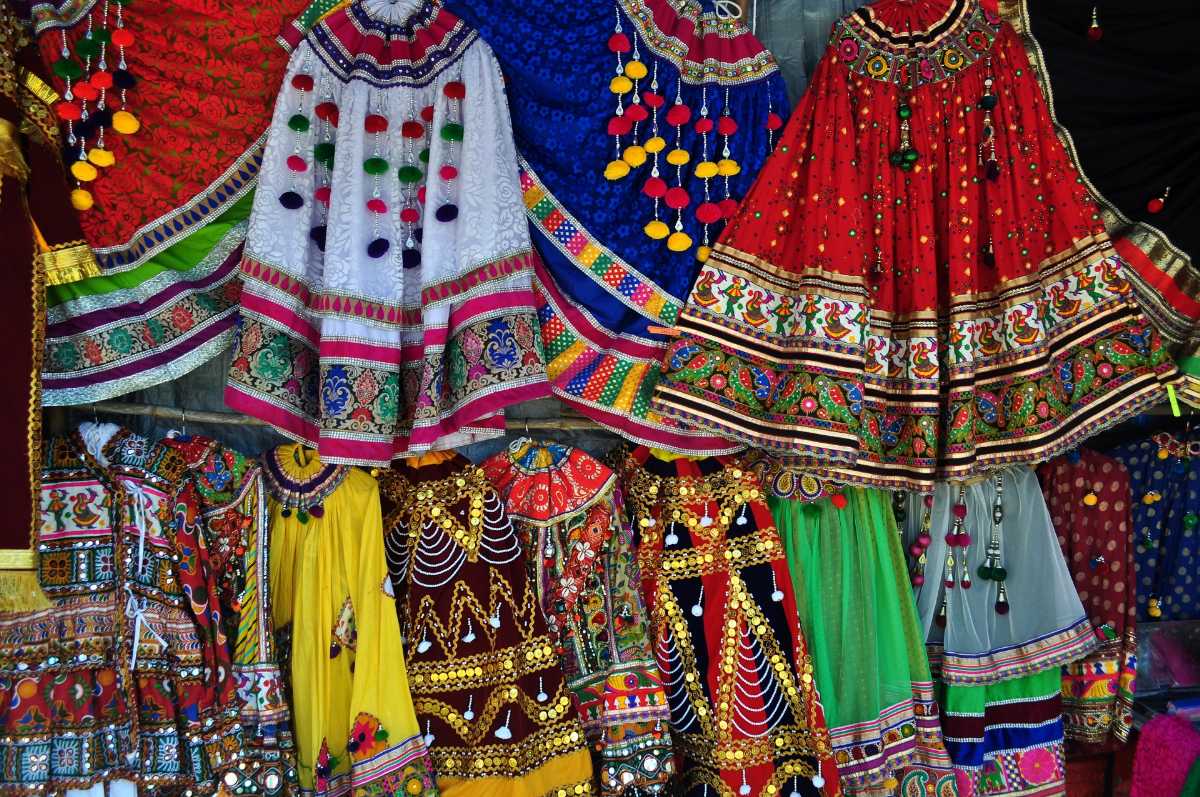
Jaipur
Jaipur offers to its visitors traditional crafts like jewellery, metalwork, enamelling, tie-and-dye, pottery, leatherwork, stone carving and miniature painting. The laakh bangles, old silver & ivory jewellery, Kundan & Meenakari work, precious and semi precious stones like garnet, metal ware, marble statues, antiques and artefacts, blue pottery and puppets are also special attractions.
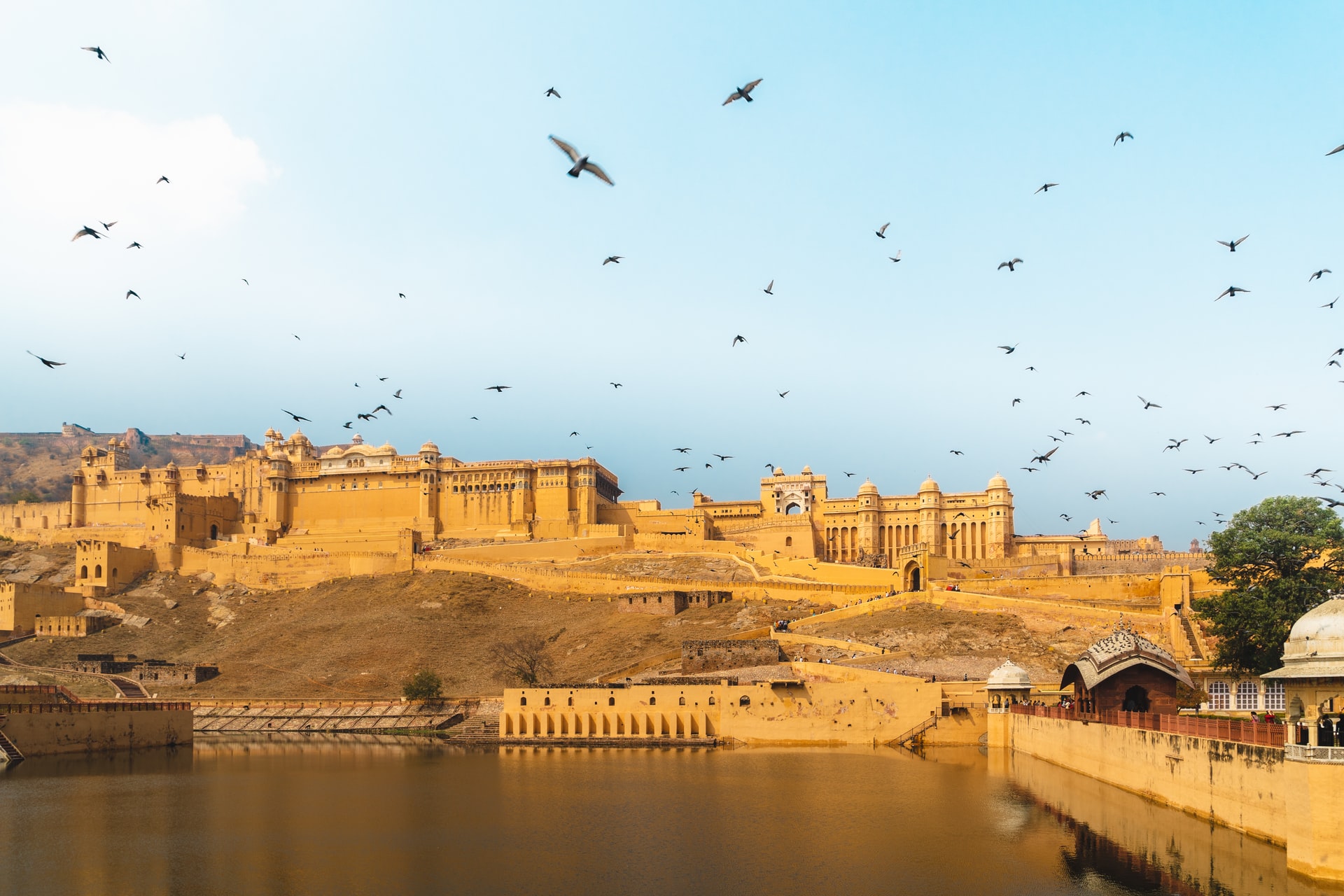
Barmer
Vibrant embroideries, woollen dhurries, and stone carvings Sadar Bazar is where the action is.
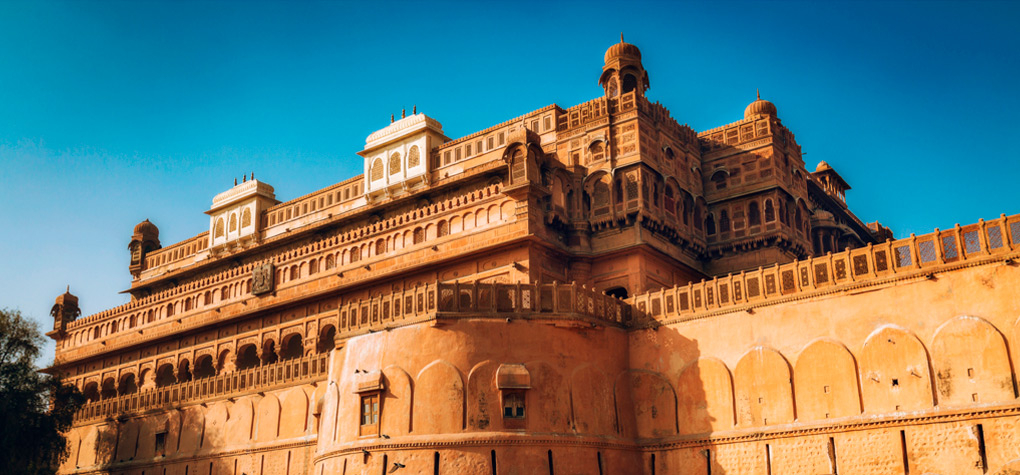
Bikaner
Best for camel products that include leather footwear, and its brilliant gesso work. Wool carpets and blankets , light cotton quilts, and brilliantly dyed cotton fabrics can be tracked down in the maze of tiny shops around Kote Gate, with KEM Road providing the shopping in larger stores.
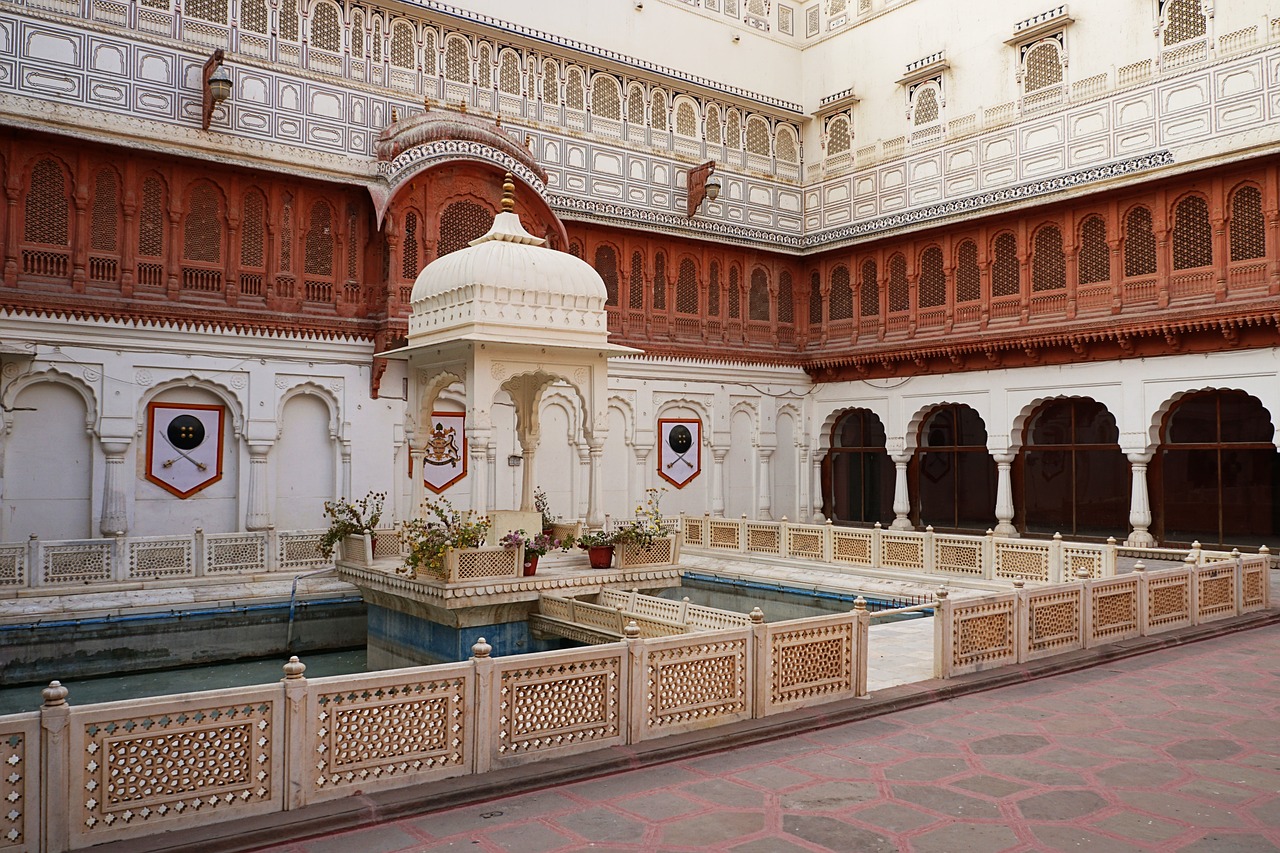
Jaisalmer
The local tradition of carving is best seen in little wooden boxes that are intricately pierced in exciting patterns and motifs. Also woollen and cotton rugs and blankets , embroidered fabrics, silver jewellery and trinkets, available in shops that open off the cobbled streets.
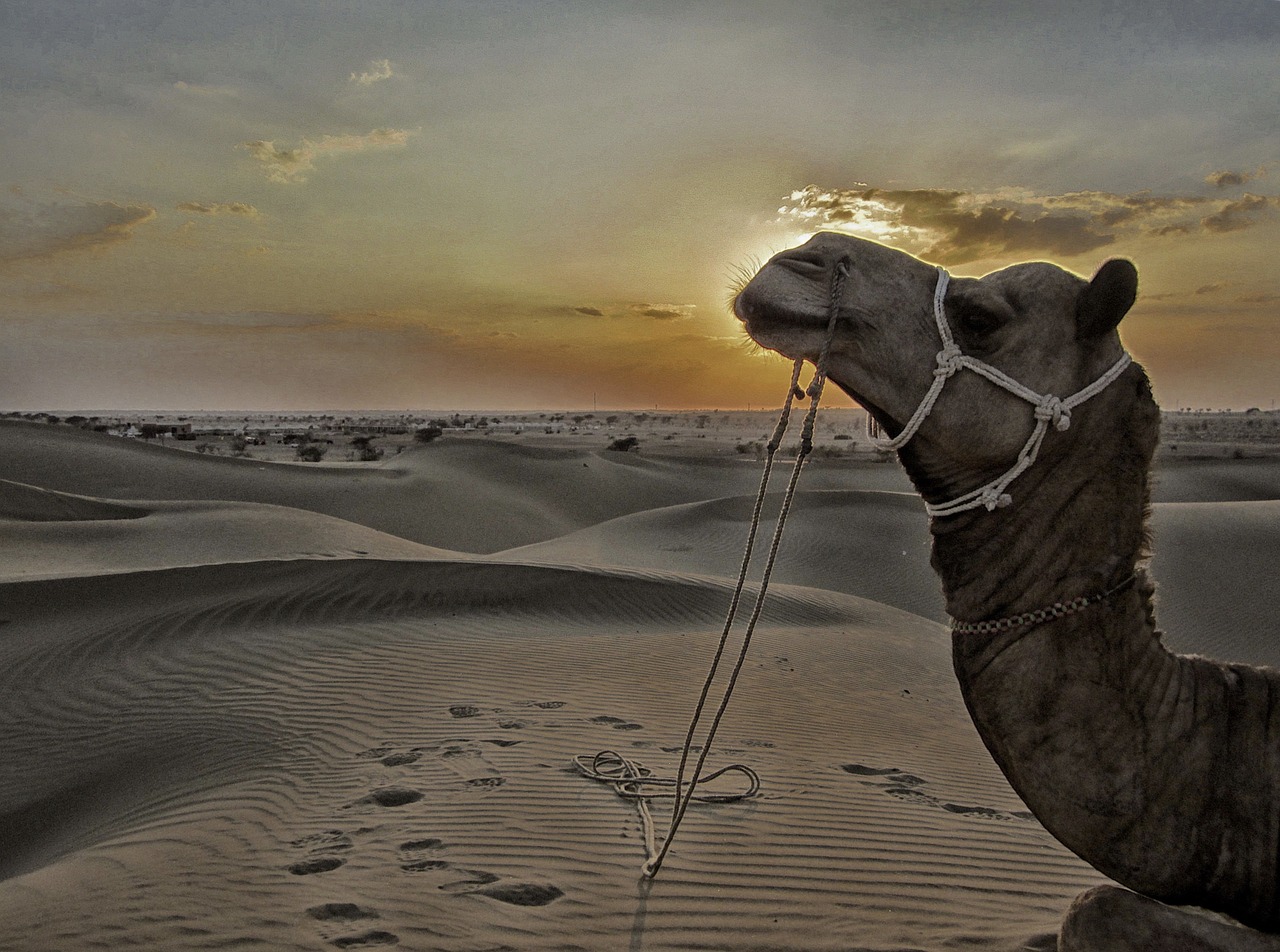
Jodhpur
Once brides came here for their trousseau shopping because the dyes and prints were resplendent, and the lame work brilliant. The same fabrics can still be found in the bazaars, and you may want to try on a sporty pair of Jodhpurs ( the riding breeches that originated in this town ). Badalas or zinc alloy pitcher used to carry water, covered with felted cloth, were an earlier version of today's water flask. Also wooden toys, leather goods, paintings, juttees and silver jewellery, all in the shops in the old city. Handsome pieces of old furniture and artifacts can be found in the huddle of shops at the base of Chhattar Hill.
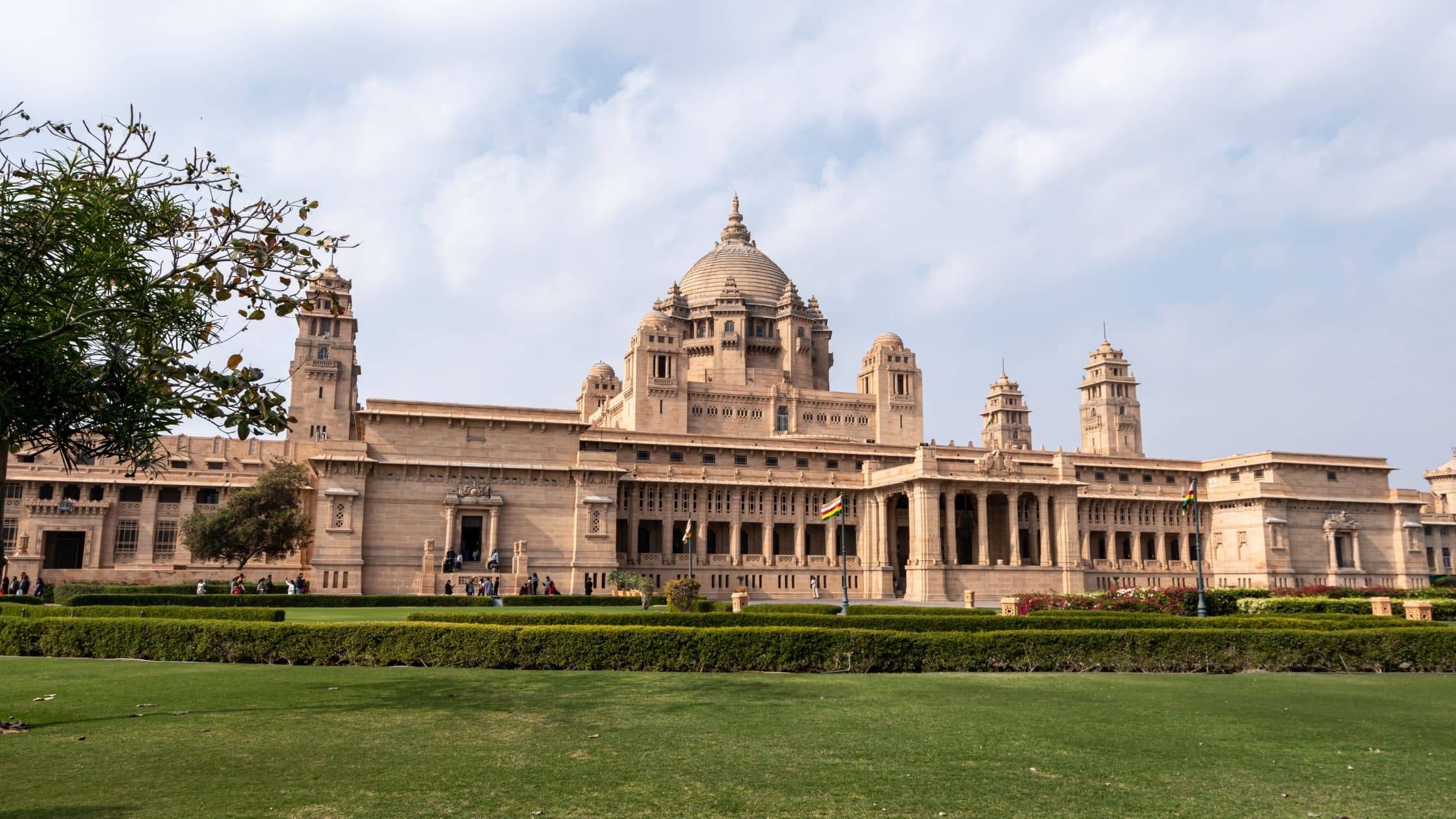
Kota
Best known for it's small checked-weave cotton sarees called Kota doriyas, in light floral prints.
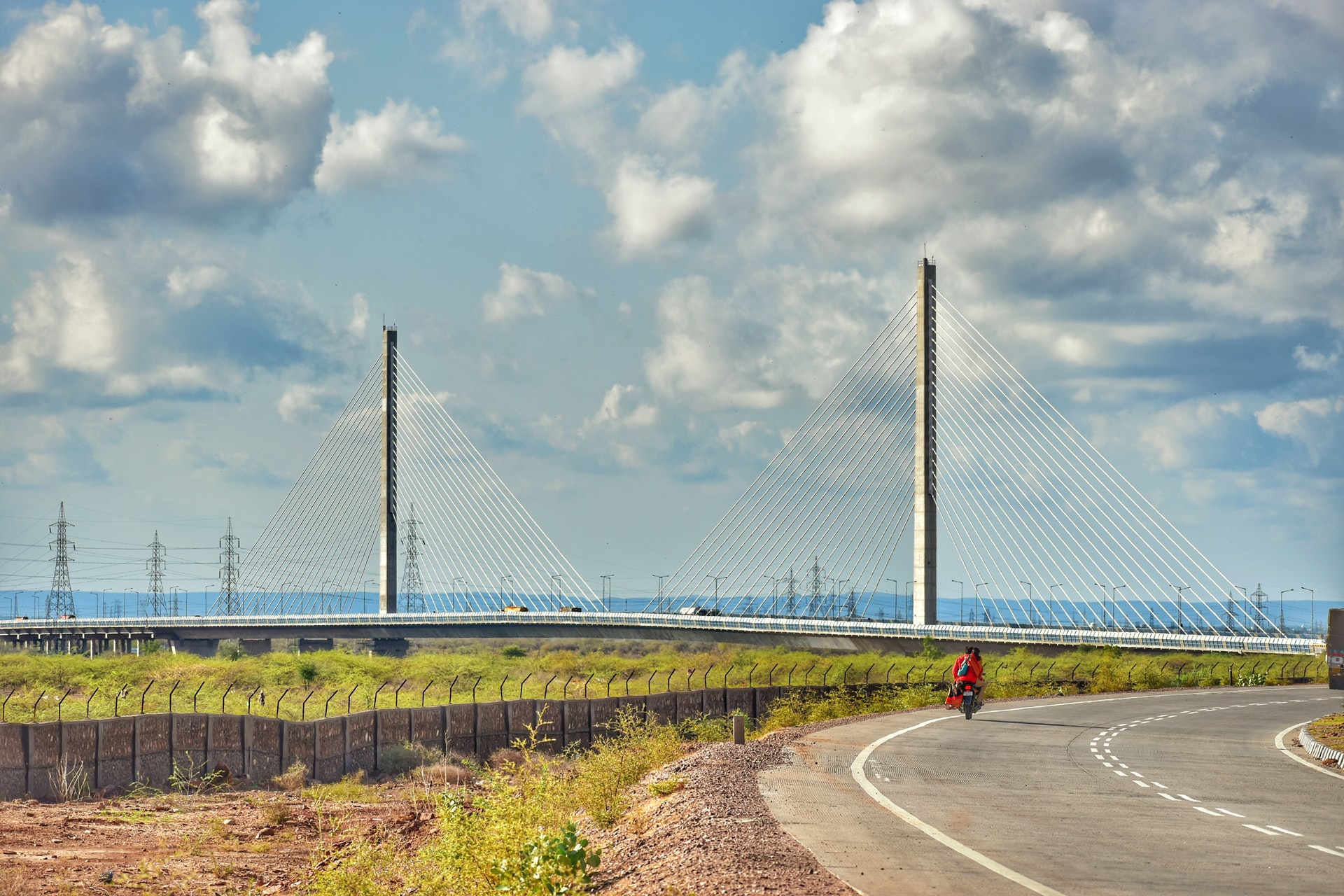
Pushkar
During the November fair, the meal is a bewildering array of shops with fabrics, embroideries, utensils, terracotta pots, trinkets, silver jewellery, camel saddles, blankets, shawls, beads , bangles and other baubles.
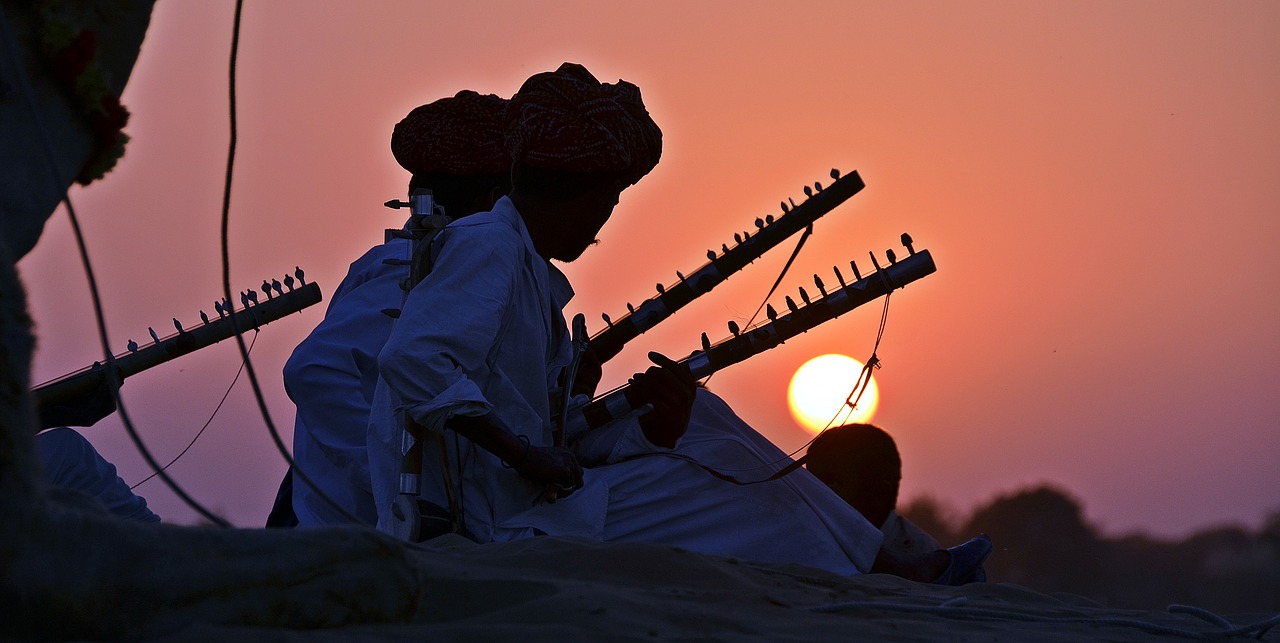
Shekhawati
Associated with the low-legged Shekhawati chair , this region is known for wood carving, metal utensils, made -as-old furniture, and tie-dye fabrics.
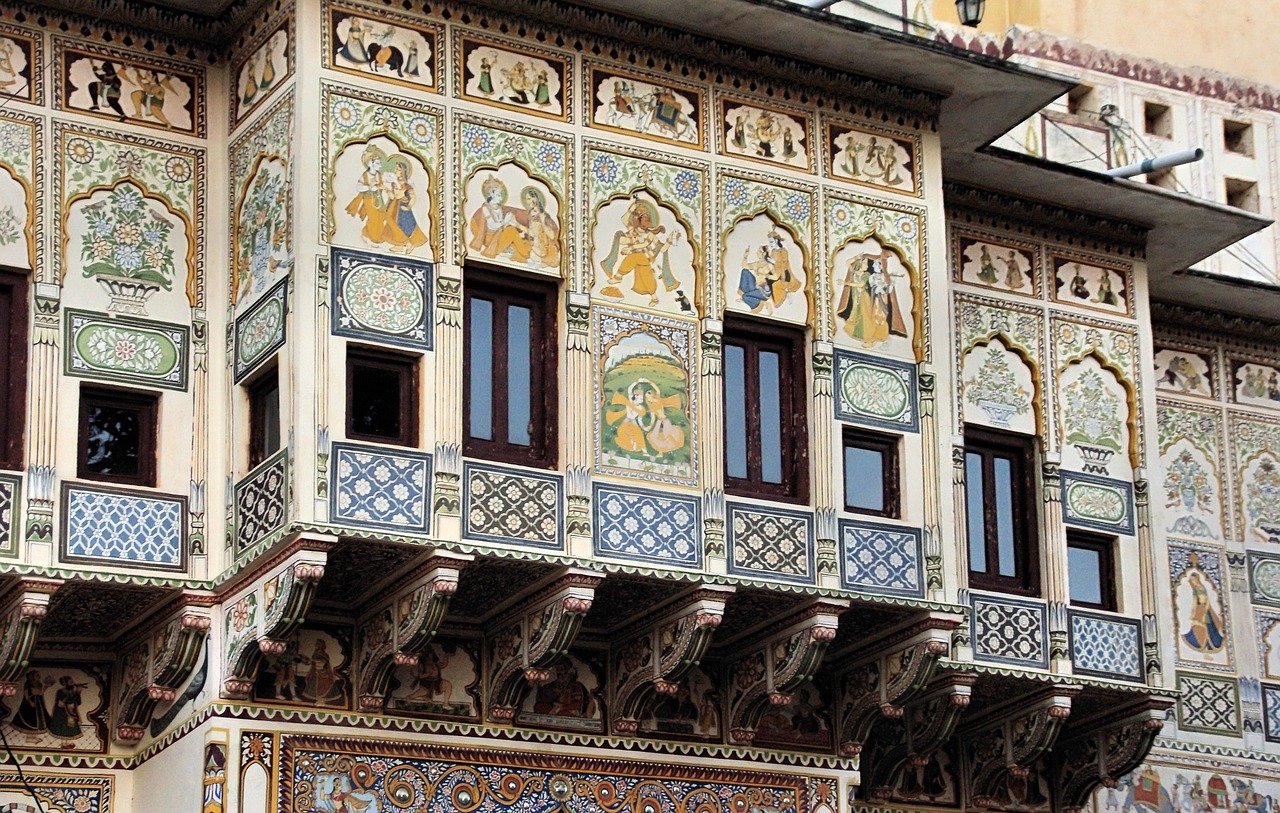
Udaipur
One of the principal shopping zones outside Jaipur, here are a myriad shops with paintings of the miniature and pichwai variety, as terracotta tables and plaques. There are also locally dyed fabrics and textiles , embroideries , wooden toys , white metal objects d'art , silver enamel artefacts, and image of Krishna in the Nathdwara style.
Main Cities of Rajasthan
Jaipur Capital of Rajasthan, known as Pink City and famous for historical monuments.
Jaisalmer Stunning medieval fort rising from a stark desert landscape.
Pushkar Beautiful temple town around a lake, home to the Camel fair.
Udaipur Whitewashed temples and grand palaces surround a lake and the gorgeous Lake Palace.
Shekhawati Rajasthan's 'open-air gallery' with scores of ornately painted havelis or mansions.
Mount Abu Holy spot of Hindu and Jain, mainly famous for Dilwara temple.
Bharatpur Renowned for its World Heritage-Listed bird sanctuary.
Alwar Located almost midway between Rajasthan and Delhi, mainly famous for Sariska wildlife and govt. museum.
Ajmer It is just over 130 kms. south-west of Jaipur and a major centre for Muslim pilgrims.
Bundi Known for its excellent paintings and has a lot of interesting historic sites.
Ranakpur It is one of the largest and most important Jain temples in India.
Jodhpur The edge of the Thar desert and the largest city in Rajasthan after Jaipur.
Bikaner Has a superb fort, camel safaris, and 30 km to the south is the extraordinary Karni Mata temple where thousands of holy rats are worshipped.
Kota It was a separate state until independence when it was integrated in Rajasthan.
Chittorgarh The romantic city was a doomed ideal of Rajput chivalry.